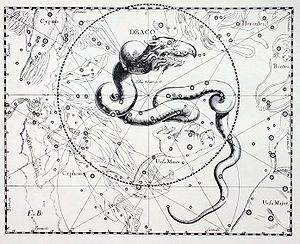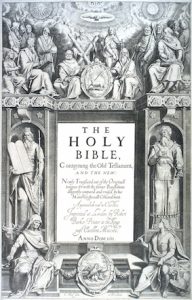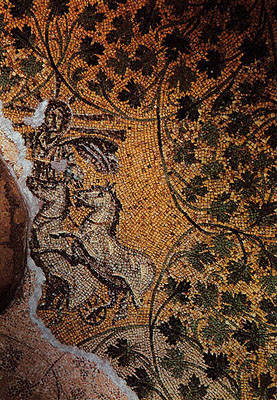
In my recent post I criticized McGrath’s review of chapter 4 of Doherty’s book (Jesus Neither God Nor Man) for suppressing Doherty’s arguments and replacing them with a series of “Doherty seems to be saying . . . ” phrases.
My understanding of a scholarly review is that it should present the argument of the text reviewed, and then include any critical comment or discussion about that presented argument.
So I offer the remainder of this post as a template to help Dr James McGrath write a revised review of chapter 4 of Doherty’s book. He can incorporate what follows — the argument of Doherty in chapter 4 — and then add his own critique in response to these specific arguments. This will mean having to erase his earlier “Doherty seems to say” paragraphs, and to replace them with pertinent arguments that address the details of what Doherty actually says.
Chapter 4: Apostles and Ministries
Earl Doherty’s chapter 4 discusses what we can know about the nature of the earliest Christian preaching activities primarily from the evidence of the New Testament epistles, and whether the picture that emerges of these ministries is best explained by the historical or mythical Jesus hypothesis.
He begins by suggesting what we should expect to find on the basis of the historical Jesus hypothesis. With a historical Jesus we should expect evidence of a unified point of origin or set of doctrines. We would expect to find: Continue reading “What Doherty really said in chapter 4 (not what he “seemed” to say according to McGrath)”






